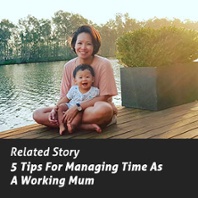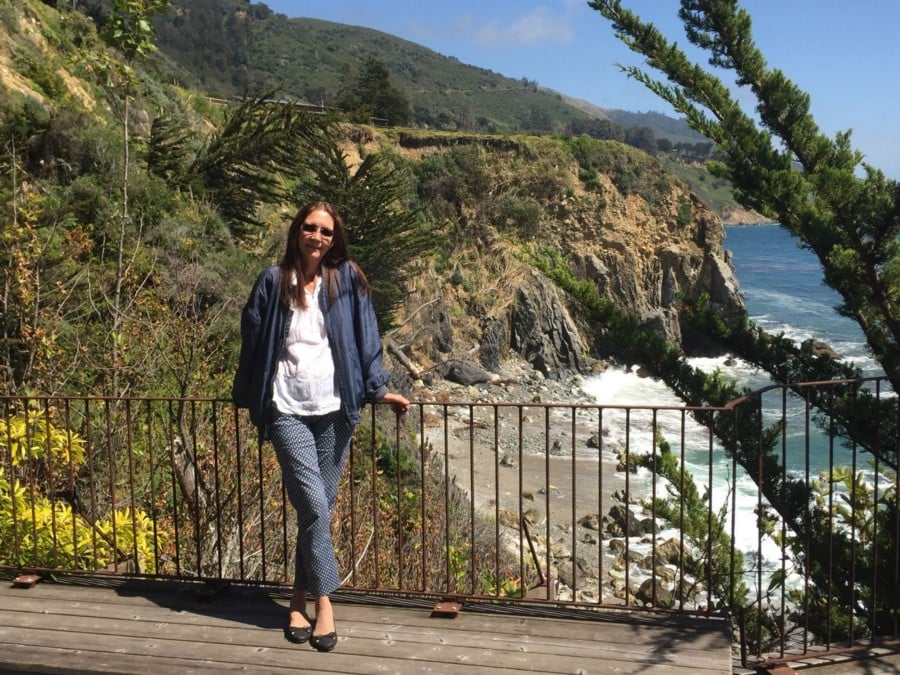
LittleLives
LittleLives Inc. is a Singaporean EdTech company that facilitates day-to-day school operations through its core mobile applications: Little Check In (preschool management), LittlePoop (infant care), and Little Family Room (parents' portal). A company seven years in the making, LittleLives has achieved the largest market share in Singapore and is proud to support more than 1000 schools across Asia with a holistic system that handles the full life cycle of a child's preschool journey.

Child psychologist Lilian Ithaka gives our content partner LittleLives insight into communicating with children, when you know a child needs therapy, and how she acts as a champion for children.
What does it mean to be a child’s champion?
By the time we’re adults, we need to have developed a voice for ourselves — our own identities. Children haven’t yet matured psychologically, so they are very vulnerable. I believe that it’s actually my job to champion the child and be there for him or her.
Let’s say that a child is in a family with harsh parents and an auntie who lives with the family sees what is happening and speaks up on the child’s behalf — the auntie is the child’s advocate.
“They are a protective mediator as the child can’t do that for themselves.”
And if no one was there for the child growing up, someone can become their advocate later in life. When the adult now shares their story, the advocate can acknowledge the past difficulties and painful feelings the child experienced, and give a voice to their pain. And that’s how I see myself. My job is to speak and sometimes act on their behalf and to be the child’s advocate, especially when a child goes through a difficult experience.
What are some behavioural markers that show that a child is struggling?
You look at the child’s physical and emotional well-being and their cognitive development. When we see children who have become aggressive or draw dark pictures, withdrawn or don’t know how to share and socialise, we need to explore what may be troubling them. If the child’s actions are not within the normal range of behaviour, and the child’s parents and teachers haven’t been able to help the child, they can approach a therapist.

Is there a stigma around seeking family counselling?
I feel so, for parents. They usually seek counselling as a last resort and they frequently feel ashamed that they haven’t been able to help their children themselves. When they arrive with their child, it’s important to immediately dispel the stigma.
I just wait for the child to do something and I ask, “Is this what happens at home? I can see how hard it is. Let’s work together to help you change this.”
I do think there is a stigma around seeking help for mental health. I tell parents that they are showing a lot of courage by reaching out. They are showing that they want to be the kind of parents their child needs.
How can parents and teachers work together?
We often hand over our children to the school and outsource their growth process but it doesn’t work that way.
Each child is so unique and good teachers have the ability to find the methods that work with each of them — methods that they can share with parents. It’s important for both the school and the parents to build a collaborative relationship or partnership from the onset.
“Teachers can let parents know how they work and they can encourage questions from parents regarding their child’s development. Similarly, parents can show their support and offer information, maybe during drop off, which can help the teacher engage with their child.”
When you look at a child’s development, you have to look at the home environment as well as the school environment because both are responsible for raising the child. It takes a village to raise a child!
What are some effective ways of communicating with children?
Don’t think of a pink elephant
I always encourage teachers and parents never to use the words ‘not’ and ‘don’t’ because our brains do not understand them. For example, if I tell you, “Don’t think of a pink elephant,” what do you do? You think of a pink elephant!
So when we say to a child, “Don’t touch that,” her brain hears “touch, touch, touch”. We’ve got to give positive instructions to the child. If you see a child going towards an object that you don’t want them to touch, you can maybe tell them to touch it gently, or you can tell them to come over to you because you have something else for them; simply distract them.
Eye contact and physical proximity
Number one is eye contact and it has to be at the same level. If I talk to you while standing over you, how would you feel? An adult has to go down to the child’s level to talk.
 Along with eye contact, physical proximity is quite important. Often parents are going around the house, doing chores, and talking to their children over their shoulder. There are so many other distractions. Actually bringing the child close to you and making the child feel, for the moment, the most important person can go a long way.
Along with eye contact, physical proximity is quite important. Often parents are going around the house, doing chores, and talking to their children over their shoulder. There are so many other distractions. Actually bringing the child close to you and making the child feel, for the moment, the most important person can go a long way.
“I went to a Thai temple and there was a monk giving lessons. He said three things that I’ll never forget. When is the right time? Now. Who is the most important person? The one you’re with. What is the most important thing you can do? Love.”
Because that’s all you have. Right now, you can be caring and loving towards your child.
Affirmation for effort, rather than achievement
It’s the difference between simply saying, “Good job, you found your way here!” and probing a little deeper. If I want to affirm effort, I’d ask the child questions like, “How did you find the place?”
In response, he’s going to tell me his process and I can commend him on his qualities and skills of, maybe, persistence or resourcefulness. The next time the child is navigating his way to a new place, he’s going to think, “I’m resourceful” rather than, “I found it the last time, I should be able to do it again.” This way, the child can feel good about himself on the inside; he does not depend on someone else to make him feel good.
This article was kindly contributed to us by one of our parents, guest writers or content partners.

